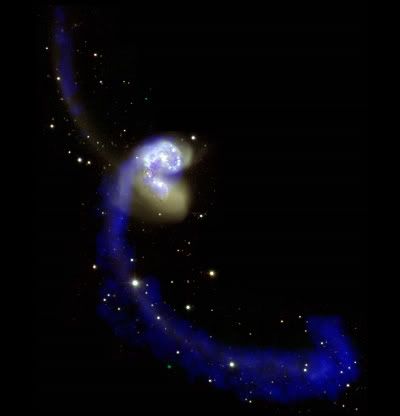
Excellent blog about the exciting launching of Europe's first pay load to the International Space Station.
The Columbus laboratory is ESA's biggest single contribution to the International Space Station. The 4.5-metre diameter cylindrical module is equipped with flexible reseach facilities that offer extensive science capabilities.
During its 10-year projected lifespan, Earth-based researchers, together with the ISS crew, will be able to conduct thousands of experiments in life sciences, materials science, fluid physics and a whole host of other disciplines, all in the weightlessness of orbit.

Fluid Science Laboratory on board Columbus
Two experiments on board Columbus - GeoFlow and Solar - are strong examples of science which can only be conducted in zero g which will have direct benefits down here on Earth.
"The experiment will basically use a liquid-filled spherical shell under zero g to model the convection movements that occur beneath the Earth's crust. The experiment also involves simulated gravity, and is important for scientists' understanding of large scale geophysical motions as the convective transport phenomena in the Earth's liquid outer core.
Studies related to the GeoFlow experiment should help us better understand what happens inside the Earth - and lead to better models that could help us understand things like earthquakes."
This will contribute to a better understanding of the system Earth and hence also to the foundation of Earth observation - geodesy.

The European Columbus laboratory will be launched with the NASA space shuttle Atlantis. As usual there are delays and on the blog you can get the latest news about the schedules etc.











No comments:
Post a Comment